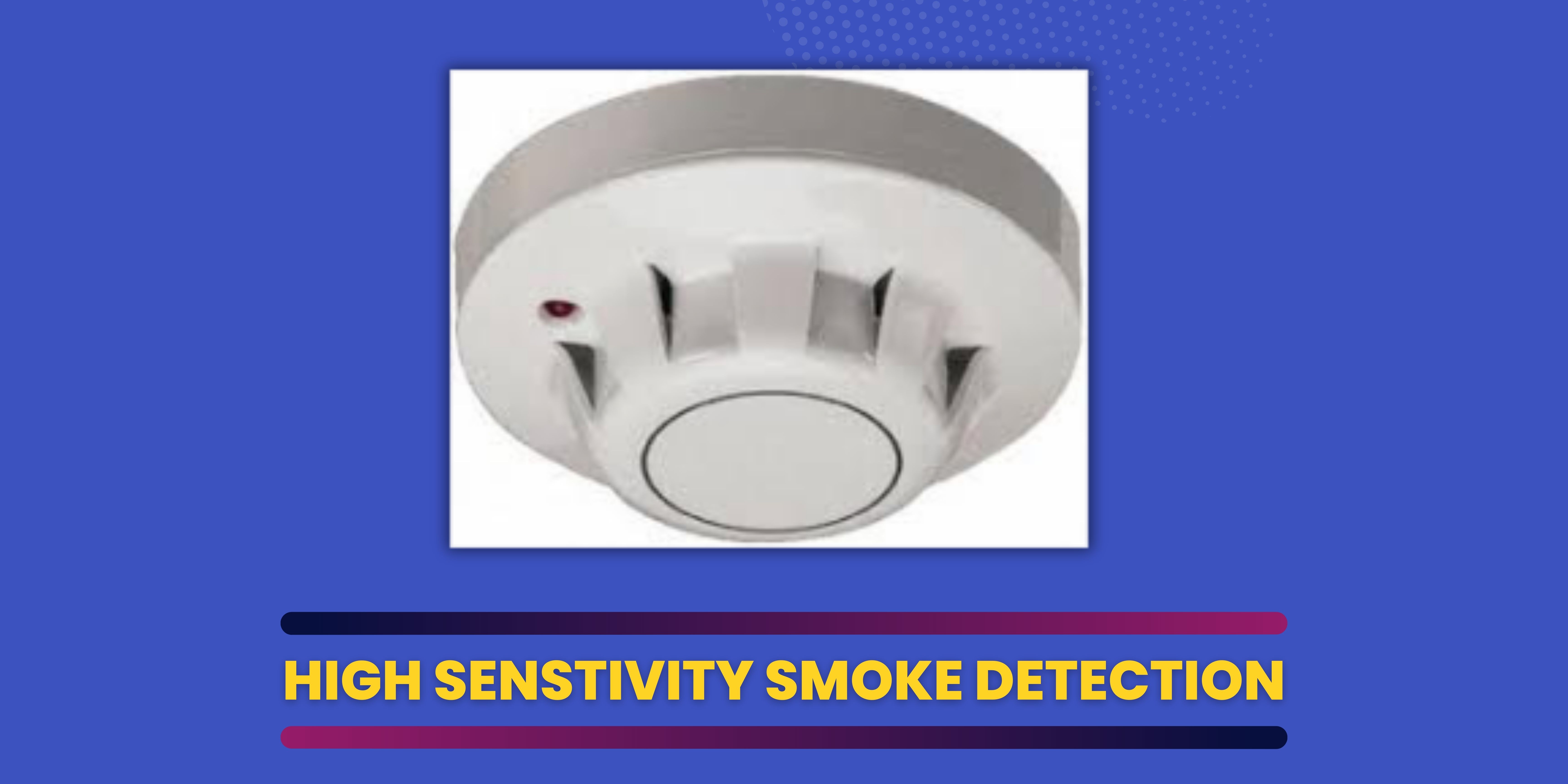
Airports present unique fire safety challenges due to the presence of flammable materials, complex infrastructure and densely packed spaces. Early fire detection is critical for minimizing damage and ensuring passenger safety. Traditional smoke detectors may not be sensitive enough to detect fires in their incipient stages, leading to delays in response. High Sensitivity Smoke Detection (HSSD) technology offers a significant advancement in airport fire prevention strategies. This article explores the benefits of HSSD systems and their impact on airport safety.
High Sensitivity Smoke Detection (HSSD) represents an advanced approach to smoke detection, specifically engineered to identify even the faintest traces of smoke at the earliest stage possible. Unlike conventional smoke detectors that rely on photoelectric or ionization methods, HSSD systems employ highly sensitive sensors capable of detecting minuscule particles of combustion right from their inception. This heightened sensitivity allows for a quicker response to potential fire hazards, thereby mitigating the risk of damage, injuries and loss of life.
The benefits of implementing HSSD in airport fire prevention strategies are multifaceted:
1. Early Detection and Rapid Response: Airports are high-traffic environments with a constant flow of people, luggage and cargo. A fire incident can quickly escalate, posing significant risks to human life and infrastructure. HSSD systems provide early warning, allowing for swift response and mitigation efforts before a fire can spread or cause extensive damage.
2. Protection of Critical Infrastructure: Airports house various critical setups, such as control towers, communication systems, and electrical equipment. A fire in these areas can lead to severe disruptions and potential safety hazards. HSSD can detect smoke at the earliest stages of a potential fire, enabling timely intervention to protect these vital assets.
3. Safeguarding Passenger Areas: Terminals, concourses and boarding areas are high-traffic zones where a fire can cause mass panic and endanger countless lives. HSSD systems can quickly identify the presence of smoke in these areas, facilitating rapid evacuation procedures and minimizing the risk of injury or loss of life.
4. Minimizing Downtime and Operational Disruptions: Airports operate around the clock and any disruption can have far-reaching consequences, including flight delays, cancellations and financial losses. By detecting fires at their inception, HSSD systems can reduce the likelihood of extensive damage and subsequent downtime, ensuring continuity of operations.
5. Integration with Automatic Fire Suppression Systems: HSSD systems can be seamlessly integrated with automatic fire suppression systems, such as sprinklers or gaseous suppression systems. This integration allows for a coordinated response, where the detection of smoke triggers the appropriate suppression measures, further enhancing fire protection capabilities.
The implementation of HSSD in airport fire prevention strategies requires careful planning and integration with existing fire safety systems. Proper placement of the detection network, regular maintenance and training of personnel are essential to ensure the effective operation of these systems.
While HSSD systems come at a higher initial cost compared to traditional smoke detectors, their ability to provide early warning and minimize potential losses justifies the investment, especially in critical facilities like airports, where the consequences of a fire can be catastrophic.
By adopting HSSD as part of their fire prevention strategies, airports can significantly enhance their ability to detect and respond to fire incidents promptly, safeguarding lives, protecting essential infrastructure and minimizing operational disruptions.
If you need any services, drop us a mail at Rohitkumar.Singh@gmrgroup.in or get in touch with us at +919717199753.